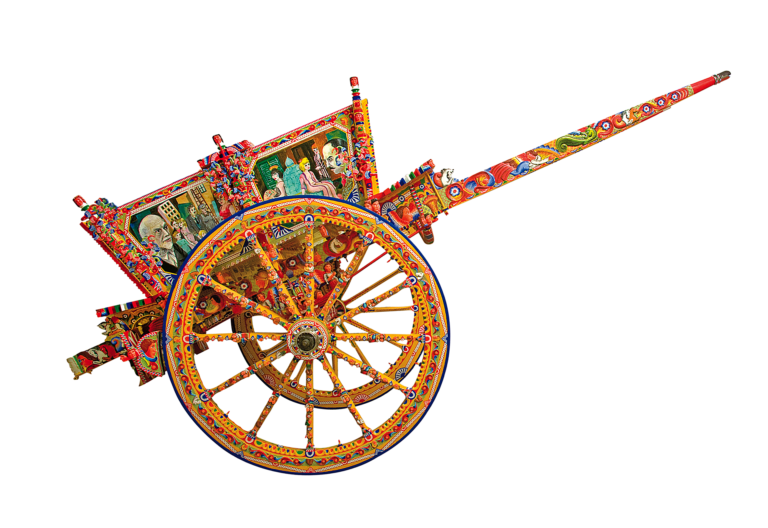The Sicilian cart
The cart, (u carrettu), is a vehicle with two large wheels, powered by animals, used throughout the Sicilian territory between the nineteenth and twentieth centuries for the transport of goods (grapes, wheat, sand, sulphur) along the tracks (trazzere). Its use decreased with the advent of motorization which made travel more agile and faster.
Despite variations in shape and decoration that change according to the production areas, Sicilian carts have an almost identical structure.
The workers involved in making the cart include the wheelwrights (corradori), who build and carve the vehicle; the blacksmiths, who forge the metal parts; the harness makers; the bush builders (usciulari); and of course the painters, who take care of the decoration of the cart, painting religious subjects (Virgin Mary, the Saints), or the characters of chivalric, mythological or historical deeds. Even in Avola, particularly during the twentieth century, carts were produced, in fact there were many craftsmen who dealt with the production of the various parts, the families of wheelwrights alone were around thirty.
The cart is made up by the funnu di càscia, a loading surface ending at the front and rear with two tavulazzi (planks), on which two masciddàri, the fixed sides of the cart, are mounted in parallel, and a removable putteddu (the rear door) to facilitate loading operations.
Each masciddaru is divided into two frames, painted with scenes, while in the putteddu there is a central frame between two smaller frames. The side walls and the rear hatch are connected to the loading floor with six vertical wooden slats called barrùni and two others in iron, present only on the masciddari and called centuni.
Furthermore, the cart also includes the poles where the horse or donkey was tied. Two wooden parts called keys are mounted under the tavulazzi, one front and one rear. Generally the rear one has a carved bas-relief representing a scene, often chivalrous.
Another ornamental part of the cart is the so-called cascia di fusu, made up by a section of carved wood surmounted by a metal arabesque. The wheels are composed of twelve spokes often enriched with parallel carvings or with sculpted subjects such as flowers, eagles, mermaids or paladin heads.

